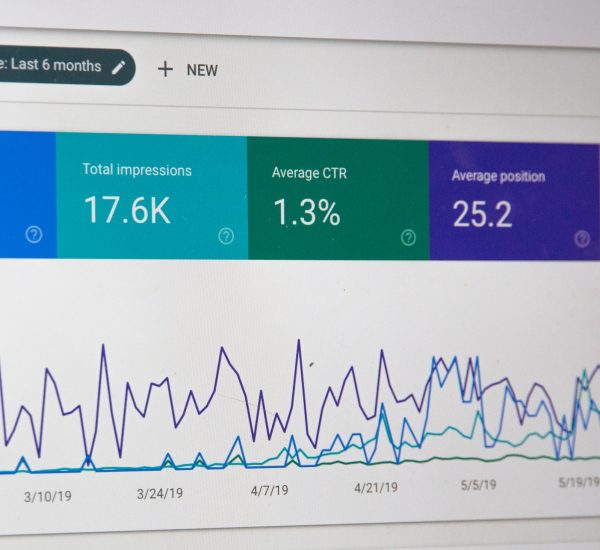
Google Analytics is a free service that allows business owners to understand their customers and identify and track user activity on their websites, such as how many pages they clicked on per session, bounce rate, and conversion.
In response to the needs of growing companies, Google created GA 360, in other words, Google Analytics 360. This new tool comes with a hefty price tag but much more freedom. You’re probably wondering if GA 360 is right for your business, so we’ve broken down key factors that help you make an informed decision.
These tools are similar in many ways. Namely, their ability to collect real-time data, set custom dimensions, generate reports, track events, and create goals. The most significant differences between these tools are their capacity to collect data, your ability to customize, the integrations available, and ultimately, limitations. Below we’ve outlined the four major deciding factors for upgrading to GA 360 or not.
Customisation
GA 360 allows for up to 200 custom dimensions and metrics, whereas the standard Google Analytics only offers 20. GA360 is best for companies with a diverse audience as they can easily remarket, test new projects, and get more creative with their email campaigns.
Custom funnels are a feature available within GA360 that provides insight into the customer journey and allows you to personalize your interactions with customers based on their needs. In GA360, you are allowed five steps and five different rules to modify them, but with the standard version of GA, you can’t customize funnels at all.
Many GA users are experiencing issues with sampling and find themselves hitting the count limit. This leads to inaccuracy within reports, especially when dealing with more complex reports or pulling together larger timeframes. GA pales in comparisons with sampling occurring at the
500,000 sessions while GA360 reaches near 10-million sessions.
Ease of Integration
Integrations are another critical factor in upgrading to Google Analytics 360. Businesses need essential tools to integrate seamlessly, including Salesforce, Search Ads 360, Display Video 360, BigQuery, and Campaign Manager, to name a few.
In GA360, all of these integrations are built into the platform providing an invaluable asset for businesses. They allow you to use the same metrics across all platforms and channels. Although they are available to use with Google Analytics, they can only be used through third parties, whereas in GA360, they have integrated natively.
Data Collection
It’s no doubt that GA 360 has better functionality and provides more profound analysis. It can export 3-million rows, compared to just 50,000 in Google Analytics. The Roll-Up Reporting feature in GA360 lets you export the data you need based on specific parameters such as Spanish-speaking audiences or those who interacted with your last ad campaign.
An increased hit limit might be the number one deciding factor for businesses considering upgrading. You may be denied access to specific reports when you hit your limit. In the standard version, you are only allowed 10 million hits per month compared to GA360, which permits a
whopping billion hits per month.
Views Per Property is another big data collection difference. In the free version, you have a limit of 50 properties and 25 views per property. You are allowed 50 properties and 400+ views per property with the paid version.
More properties and views per property will enable a company to
expand and get creative with data dicing, cross-domain tracking, and filtering for their websites,
apps, and other properties




